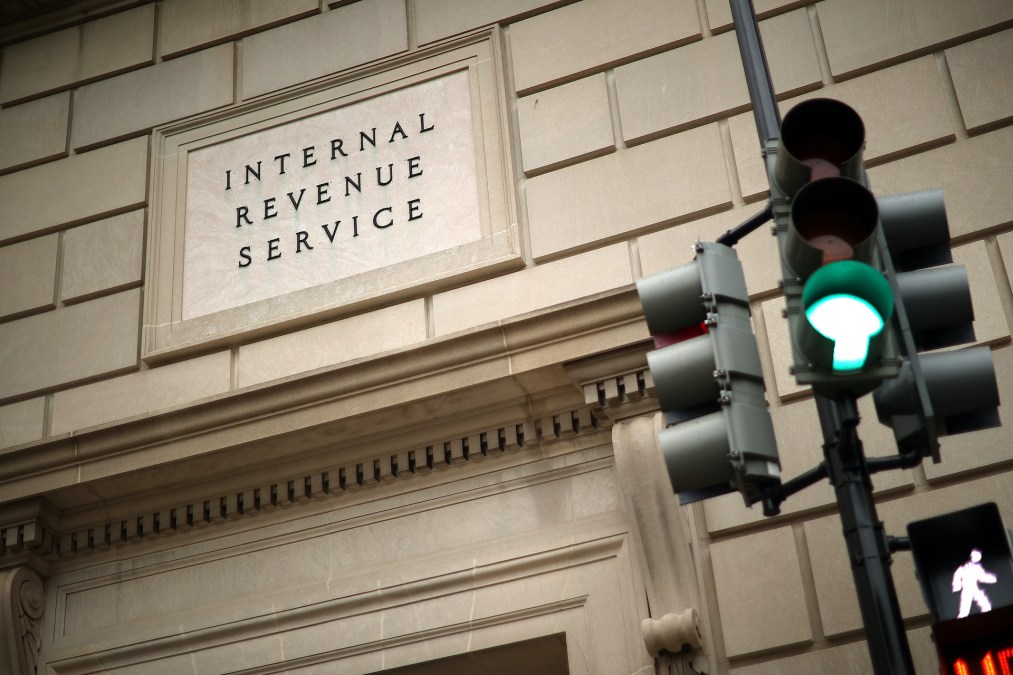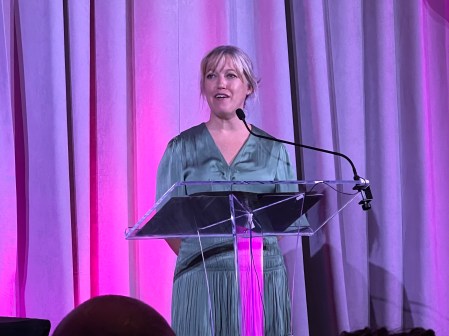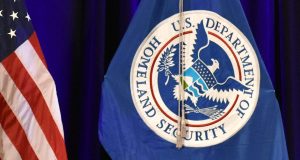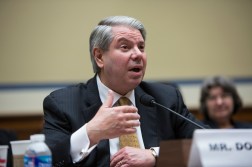IRS customer experience exec says callback trial saved taxpayers 1.7M hours of hold time

A trial of a telephone callback system conducted last year by the Internal Revenue Service saved taxpayers about 1.7 million hours of hold time, according to a senior customer experience leader at the agency.
IRS Chief Taxpayer Experience Officer Ken Corbin said Tuesday that rolling out the technology had significantly improved customer experience for certain taxpayers by preventing them from having to spend hours on the phone when either filing their returns or seeking answers to questions.
“In the example of customer callback, we had to show that taxpayers in their journey, whether it was filing a return, or trying to get an answer … no one wants to sit on hold,” Corbin said. “We did offer callback technology last year — we did it for 5.7 million taxpayers — and we saved them 1.7 million hours of hold time.”
Corbin added: “Showing the leadership, showing everyone, the community, the stakeholders, that saving 1.7 million hours of hold time is a way to connect, it’s a way to show that matters.”
Details of the successful technology trial come as the Treasury Department continues to address a tax filing backlog and to hire new staff with $80 billion of fresh funding provided through the Inflation Reduction Act.
According to a report by the IRS taxpayer advocate, during fiscal 2021 just 11% of calls — or 32 million — were answered by a customer service representative.
Speaking at a customer experience summit hosted by trade group ACT-IAC, Corbin noted that the project had required close collaboration with the IRS’ operational teams and getting early buy-in from leadership.
Improving customer experience is high on federal agency technology leaders’ list of strategic priorities. It forms a cornerstone of the Biden administration’s President’s Management Agenda, which was published in its final form in September.
The PMA built on a customer experience executive order that was issued by the administration in December. This required federal agencies to place citizens’ user experience at the center of everything they do and to provide a “simple, seamless and secure customer experience” for citizens.




